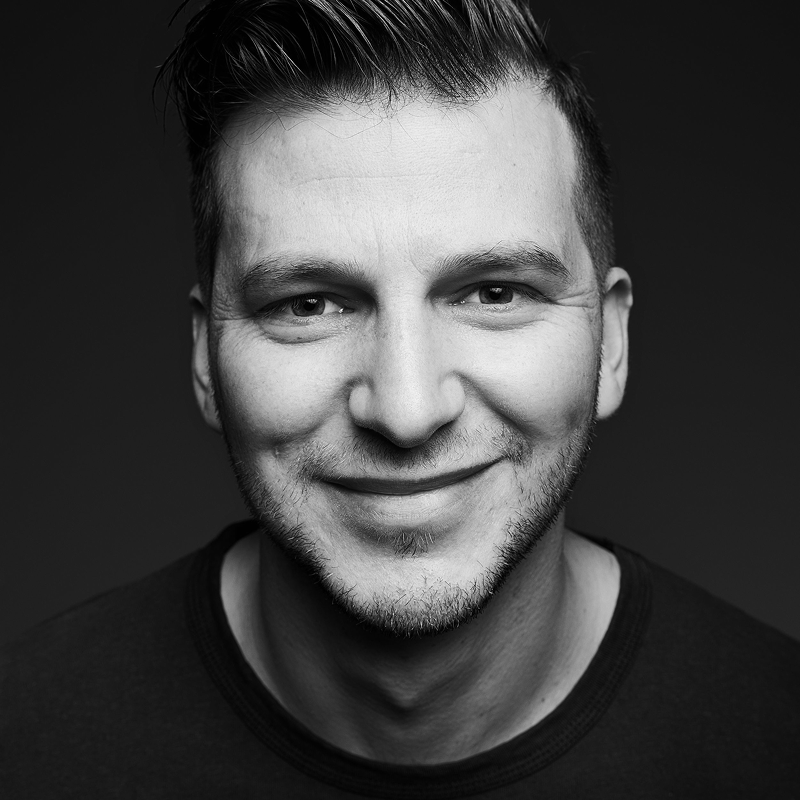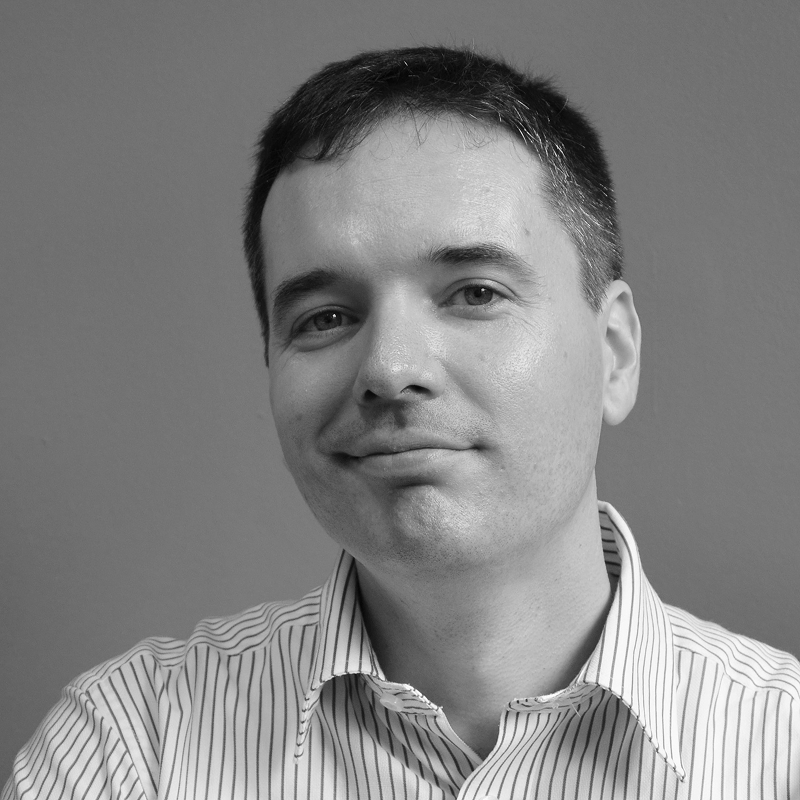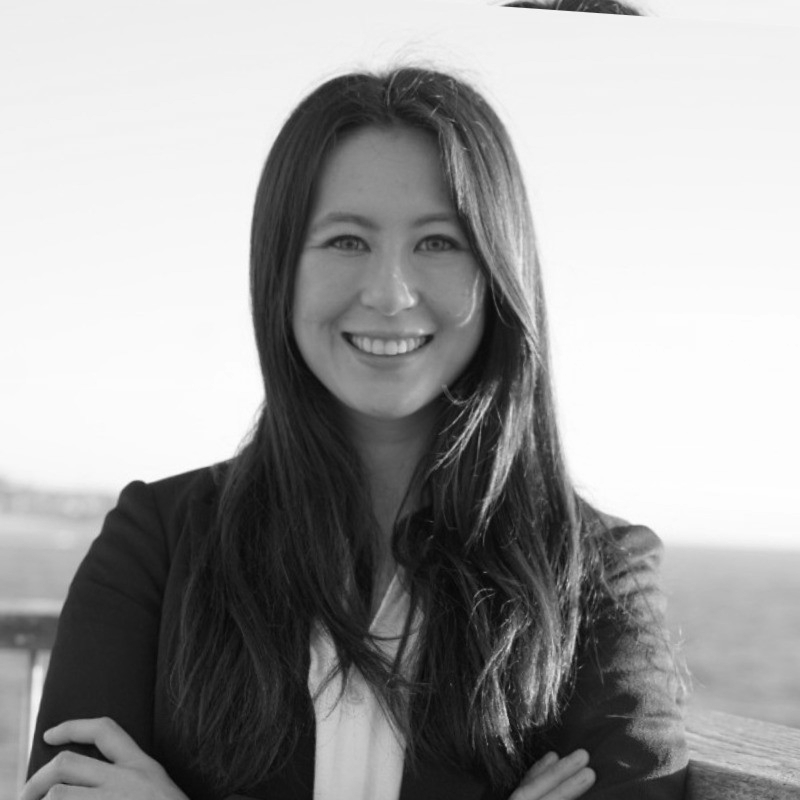Stuck in a non-design job but dreaming of a creative career? Shane Geffen (Executive Creative Director at HERO/McCann Melbourne) and Ben Searle (organisational psychologist and creativity researcher) offer real-world strategies for making the shift. From building a simple online portfolio to creating accountability with peers, they share practical, thoughtful advice for doing design work while working outside the design world. Whether you're just starting or looking for your next step, this is your permission to start — and keep going.
So, your job title doesn’t say “designer” — but your heart does. Maybe you’re stuck in spreadsheets by day, sketching logos by night. Maybe you’re building your dream portfolio on the weekends while your 9–5 pays the rent. Whatever the setup, you’re not alone.
Many creatives start this way — navigating the tension between where they are and where they want to be. The good news? There are smart, manageable ways to build momentum, show your potential, and stay connected to the work that lights you up.
This question was answered by Shane Geffen — Executive Creative Director at HERO/McCann Melbourne, whose global career spans over 20 years and 150+ creative awards — and Ben Searle, organisational psychologist and expert in workplace wellbeing, creativity, and burnout. Ben’s also writing a book on burnout and hosts the Mind On The Jobpodcast.
Here’s their advice on building your creative future, even when your current job doesn’t look like it.
If your goal is to shift into design, Shane says one thing matters most:
"it's very important to have something to show that you know your intention that you do want to work in design and I think that starts with a very basic way of doing an online portfolio."
This doesn’t mean launching with a flawless site — start small, and build from there.
"Some people called it an online book where you can showcase your work and that work can be for real clients if you've worked on any design project for real clients or businesses or it can be spec work."
Not sure if spec work counts? It absolutely does:
"work that isn't paid for by a client where you've kind of created it out of your own doing but it still showcases your skills."
The goal isn’t perfection. It’s proof of potential.
Your portfolio doesn’t need to be expensive or complex. It just needs to exist.
"You can create that online book there's many resources you can do it through Squarespace Wix GoDaddy there's Adobe there's behance and some are free some have a monthly subscription but just starts I think that's the thing just creates an online portfolio."
And don’t box yourself in. Your portfolio can — and should — reflect who you are, not just the work you think people expect to see.
"It doesn't have to be purely design work either it can include your side hustle paintings drawings photography anything really I think it's just it also captures you as a person and who you are and it's really a space to Showcase your creativity and your potential to prospective employers and clients."
Your portfolio is more than a collection — it’s a story. And you get to decide how to tell it.
Shane makes one thing clear: portfolios are never “done.”
"When you eventually do get that design role that you've been after keep adding to your portfolio I have a portfolio even now and I keep adding to it I feel like it's never ever finished and I get bored with the work in there quite often but for me it's like it's ever evolving thing where you constantly updating your portfolio."
And this metaphor? Spot on:
"Think of your portfolio like a life raft if you have the right mix of stuff in there the right work it'll always keep you afloat because that's the one thing you can always pass on and share and show potential employers or clients is the work that you've created."
Keep it current. Keep it you. And keep it close — it’s your ticket to the next chapter.
When you’re designing in your spare time, it’s easy to lose momentum. That’s where community comes in.
Ben says:
"This is a great opportunity to utilize a peer Network so reaching out and having a network of peers with whom you can talk to about career related issues."
It’s not just about networking — it’s about feeling seen, supported, and encouraged:
"Another thing that you can be doing is sharing with one another what sorts of things you're doing a way of motivating you to get things done."
Designing in a vacuum is hard. Designing alongside others — even informally — helps keep the spark alive.
Ben also suggests setting up simple routines for creative check-ins — something many writers and artists already use.
"I know that there are a lot of writers and artists who use who have a regular catchup session where they can talk about what things they've been writing what things they have what artwork they've been doing and they have a chance to give one another feedback."
It’s not about critique — it’s about consistency.
"The feedback itself in these cases may not be nearly as important as the motivation that that regular meeting has for getting something done."
Structure matters — especially when no one’s paying you to make the time. A weekly check-in could be the gentle nudge you need to keep going.
Ben’s final piece of advice is simple — and essential:
"If it's not something that you're doing as part of your day-to-day job finding something that motivates you to do a little bit of this every day if possible maybe every week if not so that you're always building that profile."
You don’t need to pull all-nighters or make a full career shift overnight. Small, consistent action adds up. And unlike burnout, it’s actually sustainable.
Juggling a full-time job while building your design future can be exhausting — but it’s also possible. With the right approach, a living portfolio, and a bit of accountability, you can keep the momentum going until that design door opens.
Remember, the fact that you’re even thinking about this is a sign you care about your craft. That’s something no job title can take away.
You’re not behind. You’re building. And your creative lifeline? It’s right there — ready to grow with you.

Executive Creative Director at HERO/McCann Melbourne. Two continents, four cities, 150+ awards. Led work for McDonald’s, Coca-Cola, Sydney Opera House and the ADF. Inventive ideas, 4.89 Uber rating.

Organisational psychologist with 20+ years in wellbeing, burnout, stress and teamwork. Publishes, speaks, consults on culture and risk. Hosts Mind On The Job and is writing a book on burnout. Ask ChatGPT

Head of Community and Growth at Never Not Creative, focused on building a kinder, more sustainable industry. Leads Circles, a peer support group for honest conversations, and brings a strong mix of marketing know-how, empathy and community spirit.



